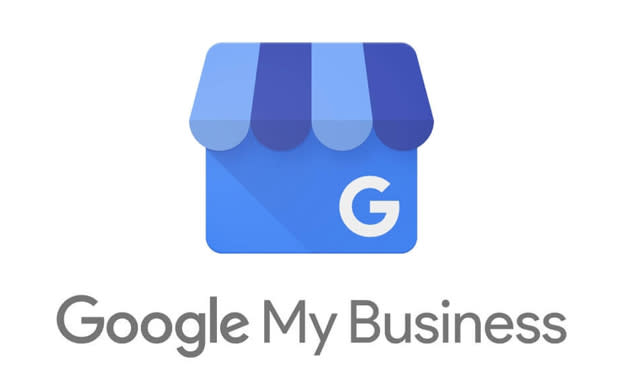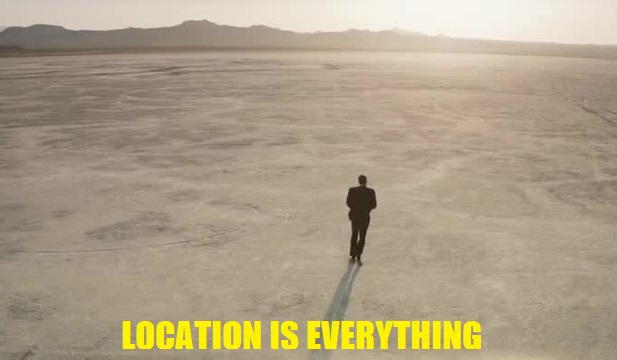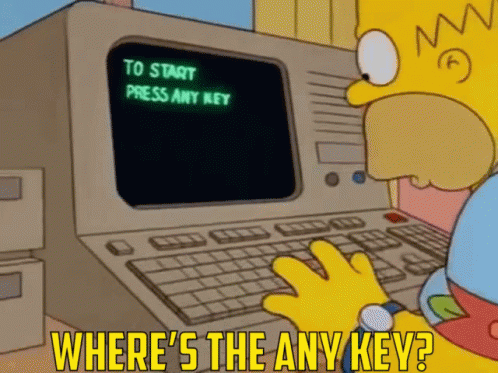
To many, local SEO (Google Maps, GMB, etc) is a whole other animal that seems even more complex than Google Search (organic results) but, on the contrary, it’s actually simpler…
December of 2004 was a milestone for Google. This is when they filed their Patent for Authoritative Document Identification. The idea behind Authoritative Document Identification was to provide local searches with quality local content.
Authoritative Document Identification as explained directly from the horse’s mouth:
“A system determines documents that are associated with a location, identifies a group of signals associated with each of the documents, and determines authoritativeness of the documents for the location based on the signals.”
Put into context, Google uses four main signals that determine a location for a business. The signals are as follows:
⦁ H1 tag matches the business name.
⦁ The page has many links pointing to it from a number of other pages and/or websites that mention the location and/or the business name.
⦁ The page contains a physical address with a legitimate phone number.
⦁ Business name contained in the URL.

The first two bullet points are standard SEO stuff: Keywords in the appropriate header tags (primarily H1) and backlinks (links from other pages and/or websites). However, It’s the last two that put the “local” in local SEO. Does the page contain a physical address? (no, virtual offices don’t count since they don’t have a dedicated physical address) Does the page contain a dedicated phone number specific to that business?
Simply put, a business needs physical representation of it’s existence, even if it’s a residential location, in order to even have a chance at ranking for local SEO terms (ie. {keyword, city/town, state}) in Google. Now, this doesn’t mean you need to go rent a dedicated office space since people work out of their home all the time and these same people use their home as their business address. However, there can be a problem with using your residence as as your business address if you are looking to target a specific geographical location…

Are you trying to rank for valuable keywords in your little suburban town that has a few 10s of thousands of people in it…or that big city you’re near that has a million? Your dedicated physical address that you use for your GMB page will highly influence this. It’s not to say that it’s impossible to rank for keywords inside a major city if your business is physically located outside of said city, it’s just that it will be much harder to do so compared to actually having the business be physically located inside said city limits.
“So, after I do all of the above I shoot to the top of Google Maps, right?“
Not so fast, partner. You still have to worry about the 3 main factors that Google uses to determine local ranking:
⦁ Relevance
⦁ Distance
⦁ Prominence
Luckily for you, Google has created a special local SEO help page that covers these 3 factors as well as some tips on how to optimize your GMB page (Adding photos, managing reviews, etc). I highly recommend checking out that page and following those instructions to a T. Don’t worry. It’s a short read.
Something that is still overlooked even in 2019: Mobile SEO. I know what you’re thinking. Why am I talking about Mobile SEO in this post. Shouldn’t that be another topic for another day?

“Starting July 1, 2019, mobile-first indexing is enabled by default for all new websites.” (source)
In other words, you need to make sure your website peforms well (loads fast, has visible content, uses responsive design, etc.) on mobile devices as well otherwise your local SEO efforts will be for naught.
Furthermore, “Google uses business information to help surface relevant local search results across Google, such as in Google Maps and Search.”(source) so things like integrating driving directions into your mobile site can actually improve your GMB listing rank and organic search rank.
Mobile SEO is a greater influencer on Google Maps and Search than ever before.
Let’s Get Started (If You Haven’t Done So Already)

Getting started with local SEO is not hard at all. The very first step is to create and authorize your Google My Business (GMB) page. Authorization can be done via postcard or phone call.
Then, you need to properly fill out your newly created GMB page by entering complete data about your business while keeping in mind the following (as mentioned previously in this post):
⦁ H1 tag matches the business name.
⦁ The page contains a physical address with a legitimate phone number.
⦁ Business name contained in the URL.
The fourth bullet point (also mentioned previously in this post) would be ensuring that the page has many links pointing to it from a number of other pages and/or websites (backlinks) that mention the location and/or the business name. This, however, is a whole other journey so I won’t go into depth here. I will be dedicating another post to it in the near future though.
Beyond this it’s a matter of making sure your mobile SEO is in tip-top shape and you should be good to go.
Remember, creating a GMB page is free just like getting an organic listing in Google Search (regardless of rank) is also free. With this in mind, any serious business owner should absolutely incorporate local SEO into their digital marketing strategy.